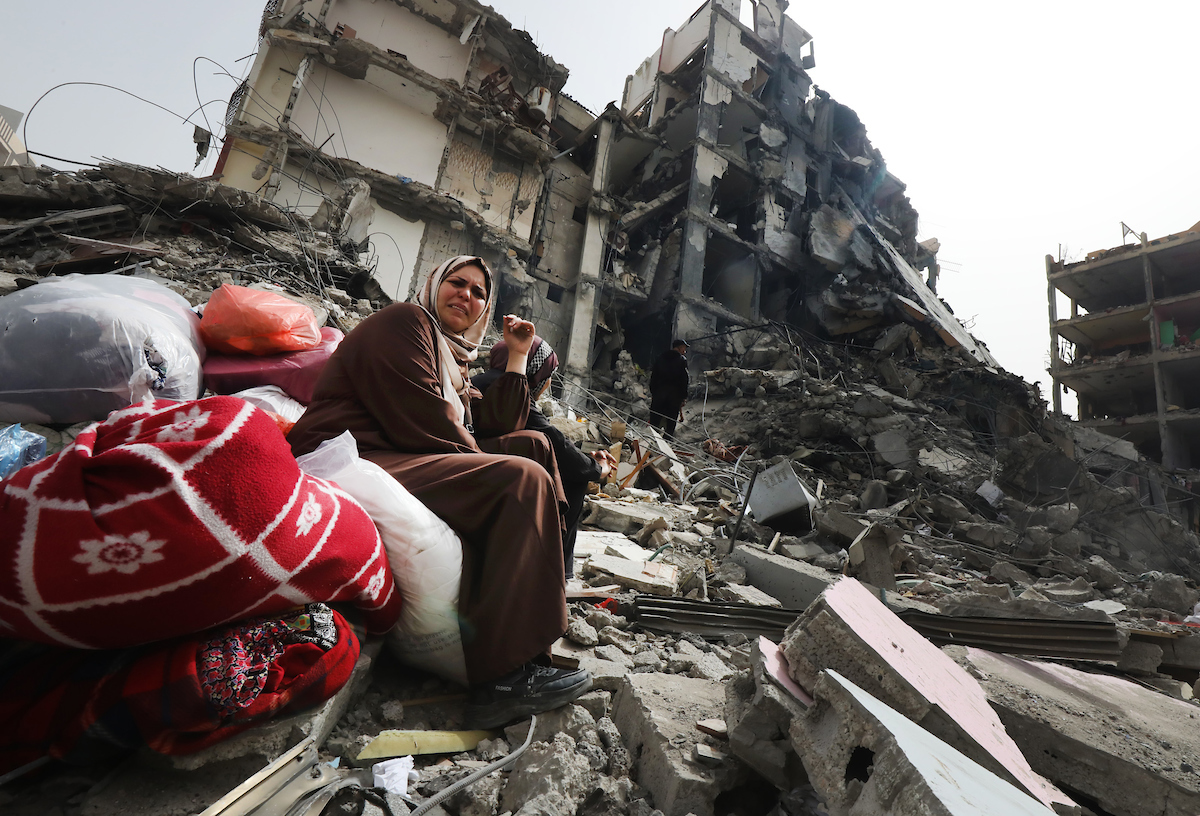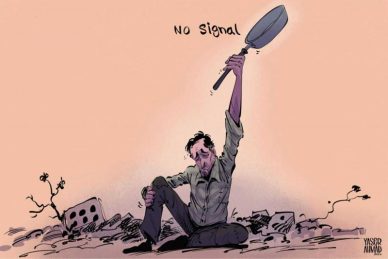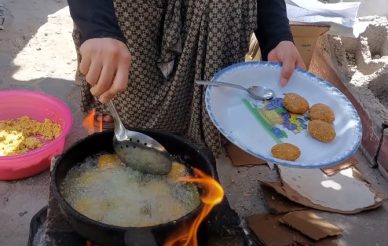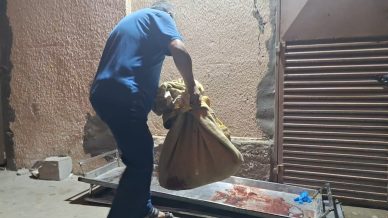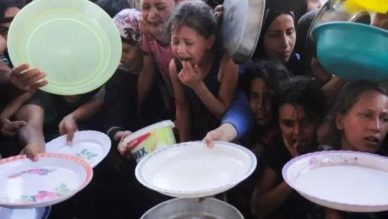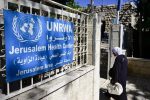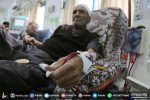GAZA, (PIC)
“Since the beginning of the Israeli war on the Gaza Strip, about 7 months ago, we have not received any information about my sister Nahla, who was last seen at Al-Shifa Hospital in Gaza City. Communication with her has been completely cut off. We have been trying to reach her, but to no avail”, with these words, citizen Abeer Al-Breim, 60, started talking about her sister, who is several years older than her.
“I am dying of anxiety and concern about her. We do not know whether she is alive or not. We have been trying in vain to approach those who know her of the neighbors or the family”, Al-Breim told the PIC.
The elderly Nahla and her husband remained in Gaza and did not move to the south. They kept moving from one shelter to another due to the Israeli displacement and bombardment policy.
I was told that my sister was in Al-Shifa Hospital before the first Israeli attack, and that she left later on with her husband to Al-Sahaba Hospital. Some people said she remained in the hospital. So, we obtained conflicted information.
Thousands of missing people
The case of Nahla is not the only example. There are thousands of other missing people in the Gaza Strip facing an unknown fate: Prisoners? Martyrs under the rubble or in mass graves? Or maybe alive but no one knows about them?!
Images of many missing people are daily published on social media platforms in hope of finding them.
There is no accurate count of the number of the missing, due to the collapse of a large part of the technical administrative systems, the interruption of communications, the dispersal of families, and the continuation of the Israeli aggression.
While the latest statistics from the Government Media Office (GMO) in the Gaza Strip estimate the number of the missing people as a result of the Israeli genocidal war at no less than 7,000 people, the Euro-Mediterranean Human Rights Monitor speaks of 13,000 missing people.
Among the missing are prisoners and martyrs whose bodies are still under the debris or on the roads as they were killed in cold blood.
Severe suffering
The social and psychological specialist, Dr. Aroub Al-Jamala, points out that the suffering of the families of the missing is “extremely harsh.”
She said in a press statement, “The psychological effects are so difficult including feelings of high tension and oppression.”
She warned that the suffering of the families of the missing may increase after the end of the war, as they enter into what is known as “post-traumatic stress syndrome,” which is a condition more difficult than traumatic stress itself.
She called on the local community, the families of the missing, and the relevant institutions to provide them with psychological support services, adding “They must be supported socially and psychologically in a careful and in-depth manner. Programs and events must be organized for their protection from war psychological impacts.”
Forced disappearance
For its part, the Euro-Mediterranean Human Rights Monitor estimated the number of missing people as a result of the war in the Gaza Strip at 13,000, adding that it is difficult to estimate the true number of the missing at this stage, given the continuing Israeli military attacks, as well as the occupation policies aimed at dispersing Palestinian families, especially by forcing families to frequent displacement without ensuring safe passages.
The Euro-Med called for putting effective international pressure on Israel to secure the work of the people and civil defense crews to remove the rubble, in addition to revealing the fate of thousands of missing Palestinian prisoners from the Gaza Strip detained in Israeli jails.

